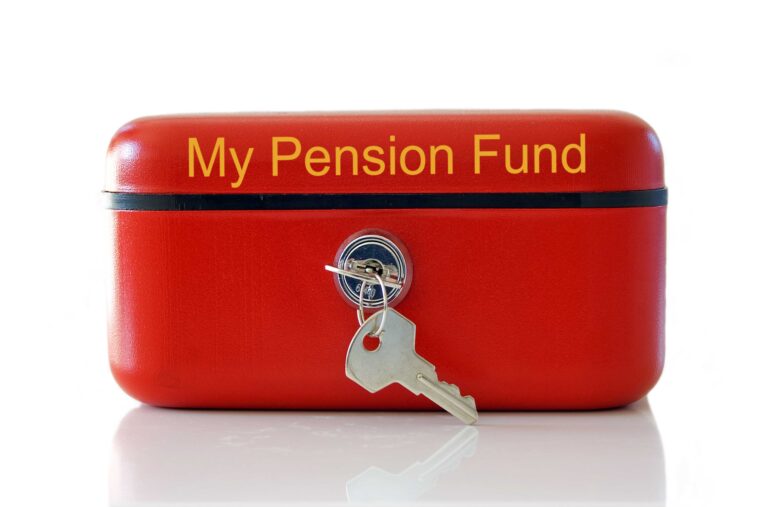
Amongst the announcements in the March Budget, was an overhaul in pension contribution allowances, which became effective from April. The new rules allow a higher level of contribution each tax year without incurring an excess tax charge and provide valuable planning opportunities for those wishing to boost their pension savings, and in turn improve their long-term financial security. Furthermore, the new rules also allow further accrual for those who have already accessed their pension flexibly.
It is worth revisiting why pension saving is such a crucial element of any long-term financial planning strategy. Firstly, your contributions receive a boost from tax relief. When you pay into a pension, you receive tax relief at your marginal rate on any regular or lump sum contributions you make. Secondly, in the case of a Defined Contribution pension, all growth within the plan is exempt from Capital Gains Tax and income received is also not liable to Income Tax or Dividend Tax. Finally, you usually have the option of taking up to 25% of the value of the pension savings as Tax Free Cash once you reach the age of 55 or above.
The annual allowance, which is the maximum amount an individual can contribute to a pension in a tax year before being subject to a tax charge, has been increased from £40,000 to £60,000, with the change being effective from 6th April 2023.
The hike in the annual allowance significantly increases the scope for those working to make meaningful contributions each tax year. In the case of members of a Final Salary pension scheme who are higher earners, such as Doctors, Head Teachers and senior Civil Servants, this reduces the likelihood that their accrual in the scheme will breach the annual allowance.
For those with Defined Contribution arrangements, the new increased limit provides the opportunity to increase regular contributions, or boost pension savings through larger lump sum contributions. In addition to the new annual allowance of £60,000, the ability to carry forward unused pension allowances for the last three years remains. As a result, a contribution of up to £180,000 could potentially be made without being subject to a tax charge. This could prove very useful for a business owner or company director, who is looking to use pension contributions as a tax efficient method of drawing funds from their business, or individuals who receive a bonus or have lump sum savings.
Whilst the annual allowance has been increased, the earnings cap remains. In other words, to get tax relief, your personal contributions cannot be any higher than your earnings in the tax year in question. The tapered annual allowance also remains in place, and higher earners need to beware of falling into this tax trap. This measure reduces the annual allowance from £60,000 to a minimum of £10,000, if an individual’s total income from all sources in the tax year exceeds £260,000. This is a complex area, and we always recommend that you speak to an adviser if you feel you are in danger of breaching the tapered annual allowance.
In addition to the increase in the annual allowance, the money purchase annual allowance has also increased, from £4,000 to £10,000. Anyone who has accessed their pension savings flexibly is subject to the money purchase annual allowance for the remainder of their life. The previous limit of £4,000 was very restrictive and the more generous allowance now means that people who have flexibly drawn their pension can begin to accrue meaningful further pension savings.
This may be particularly useful for those who have taken early retirement and wish to return to employment, as they could potentially rejoin an auto-enrolment scheme or workplace pension provided by their employer, with less fear of breaching the money purchase annual allowance.
As well as providing an income in retirement, pensions can also be a clever way of reducing the amount of income tax an individual pays in any one tax year. The bands at which Basic and Higher Rate tax are charged have been frozen since 2021, and the Additional Rate band, where income above this level is taxed at 45%, was reduced from £150,000 to £125,140 from April. Given that inflation is pushing wages higher, this creates an effect known as “fiscal drag”, where the exchequer receives more tax revenue due to the bands remaining static.
Personal pension contributions are a useful way of reducing the amount of income tax paid by an individual. The amount contributed has the effect of extending the tax bands, so that more of the income falls into a lower tax band. This is particularly important for those who fall into the tax trap where income is between £100,000 and £125,140. As the tax-free personal allowance (i.e. the amount an individual can earn before they pay income tax) is tapered above £100,000, the potential tax saving on pension contributions can be as high as 60%.
The more generous allowances provided in the Budget earlier this year have increased the ability for individuals to save more into their pension, and in doing so, can help offset the impact of the frozen tax bands. There are, however, traps to catch the unwary, such as the tapered annual allowance and money purchase annual allowance, and we therefore always recommend individuals seek advice on the most appropriate way to contribute to a pension.
Please do get in touch here if you require pension planning advice from one of our experienced independent financial advisers.